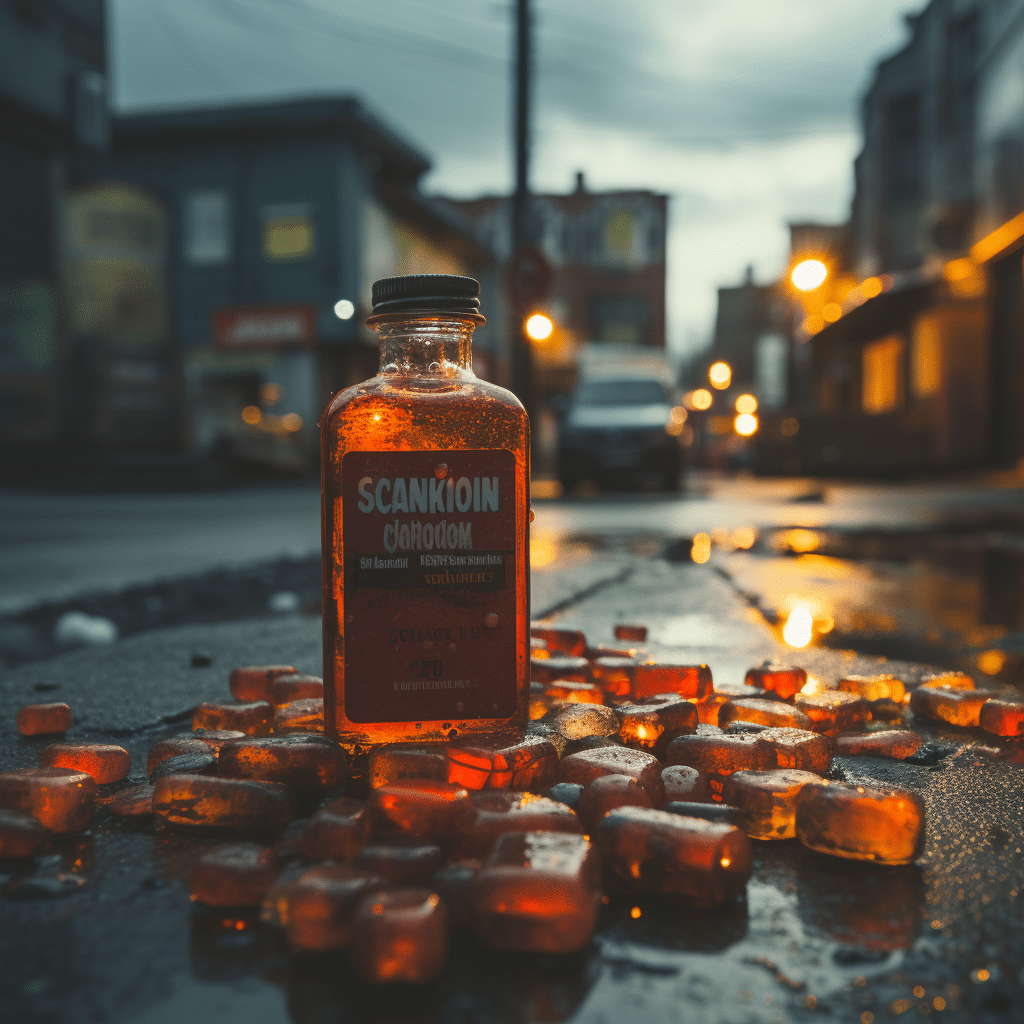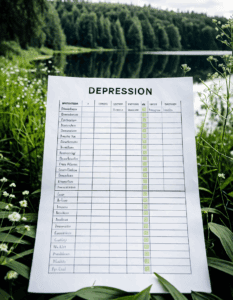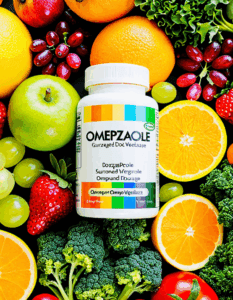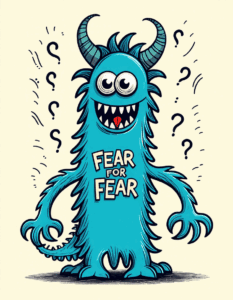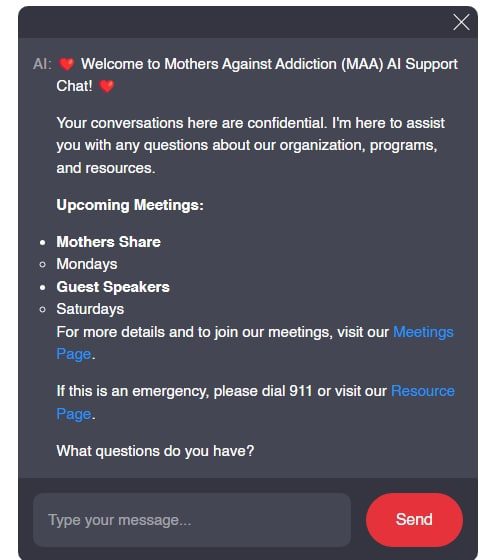Identifying When Signs Suboxone Dose Is Too Low
Navigating the path of recovery for a loved one struggling with addiction is like walking a tightrope of hope and despair. The balance is delicate, the stakes high, and the need for a steady hand in guidance is paramount. It’s a journey no one should walk alone. When Suboxone therapy is involved, a common concern often arises: how to tell if the signs Suboxone dose is too low for effective treatment? It’s essential to recognize and address these signs to ensure patients stay on the path to recovery.
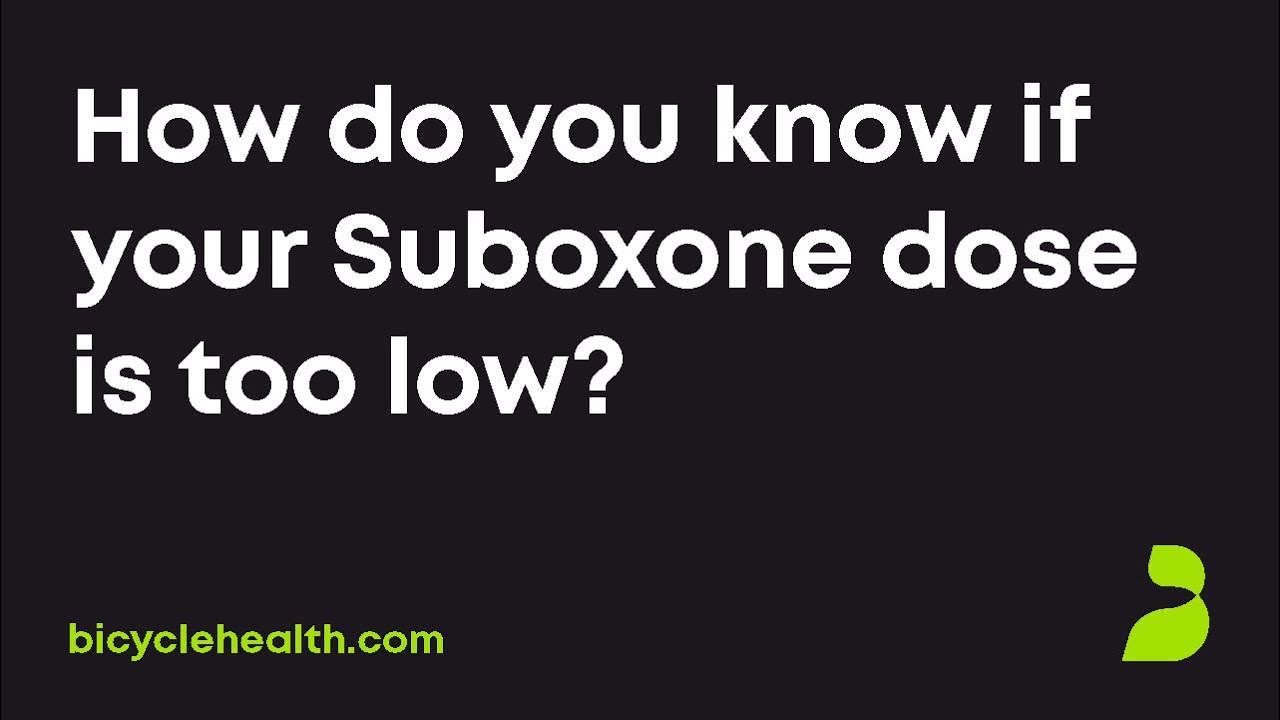
Understanding the Indicators: Signs Your Suboxone Dose Might Be Insufficient
Recognizing the signs of an insufficient Suboxone dose is critical for effective recovery. This medication, designed to ease opioid addiction withdrawal and prevent relapse, must be dosed correctly to be effective.

Recognizing the Signs: When Your Body Says You Need More
When a Suboxone dose falls short, the body doesn’t whisper; it resounds with clues that we cannot ignore. Here are some major red flags:
- Experiencing withdrawal symptoms: Perhaps the clearest sign that Suboxone dosage may be too low is the onset of withdrawal symptoms. This can include nausea, muscle aches, headaches – the body’s plea for equilibrium.
- Unmanaged cravings: If the longing for opioids lingers like a shadow, refusing to dissipate, it’s a telling sign that the Suboxone blanket might be too thin.
- Emotional and behavioral signals: Changes in demeanor, such as heightened anxiety or erratic behavior, can be indicative of an inadequate dose. Like a ship caught in a storm without an anchor, an insufficient dose leaves a person unmoored.
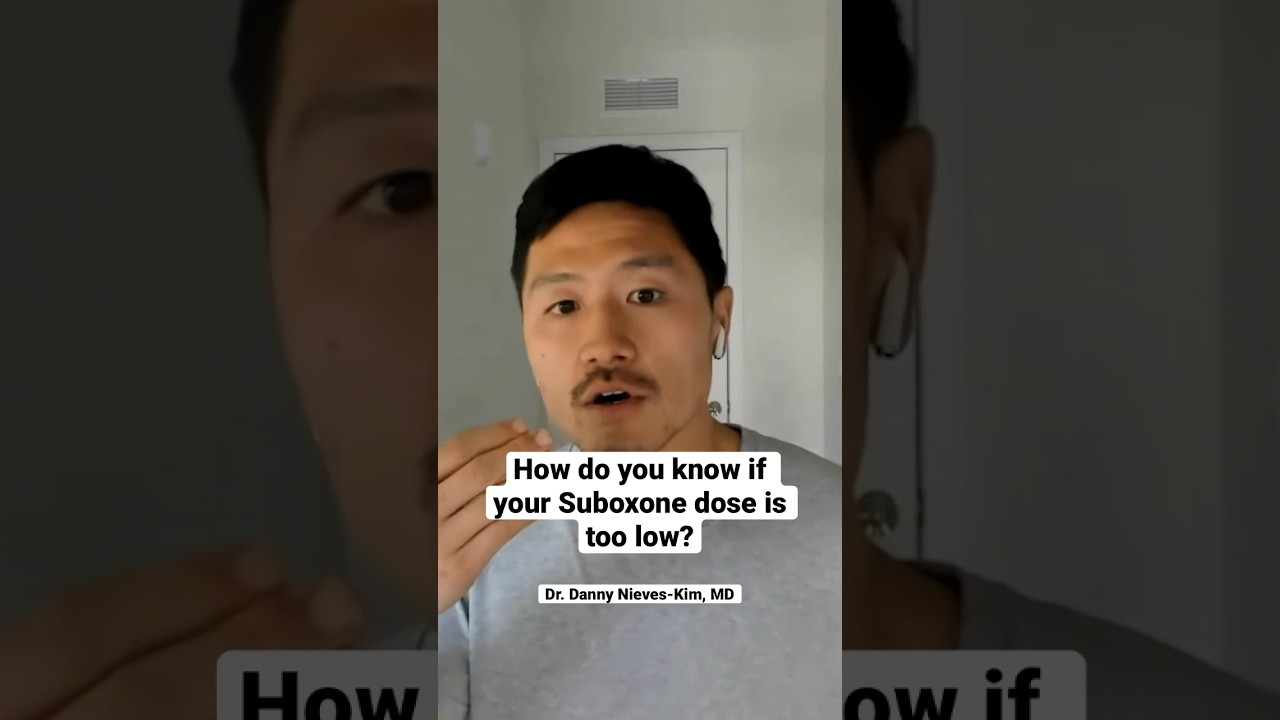
| Sign or Symptom | Possible Indication |
| Return of withdrawal symptoms | Early signs of opioid withdrawal suggesting the body may require a higher Suboxone dose to maintain stability. |
| Cravings for opioids | Indicative of inadequate dose to suppress opioid cravings effectively. |
| Anxiety or irritability | Could signal that the Suboxone dose is insufficient to stabilize mood as related to opioid dependency. |
| Inability to concentrate or focus | Potentially related to withdrawal and the need for dose adjustment. |
| Sleep disturbances (e.g., insomnia) | May be related to lower than needed dosing and emerging withdrawal symptoms. |
| Increased pain sensitivity | A low dose may not provide adequate analgesic effect in patients with pain. |
| Physical symptoms (e.g., sweating, shaking) | Resurgence of physical withdrawal symptoms can indicate inadequate dosing. |
Aurora Charter Oak’s Approach to Optimizing Dosage
At Aurora Charter Oak, recognizing signs Suboxone dose is too low is a finely tuned process. Here’s how they safeguard against underdosing:

John Brooks Recovery Center: Identifying and Addressing Underdosing
John Brooks Recovery Center stands as a beacon of knowledge and action against the shadow of underdosing:
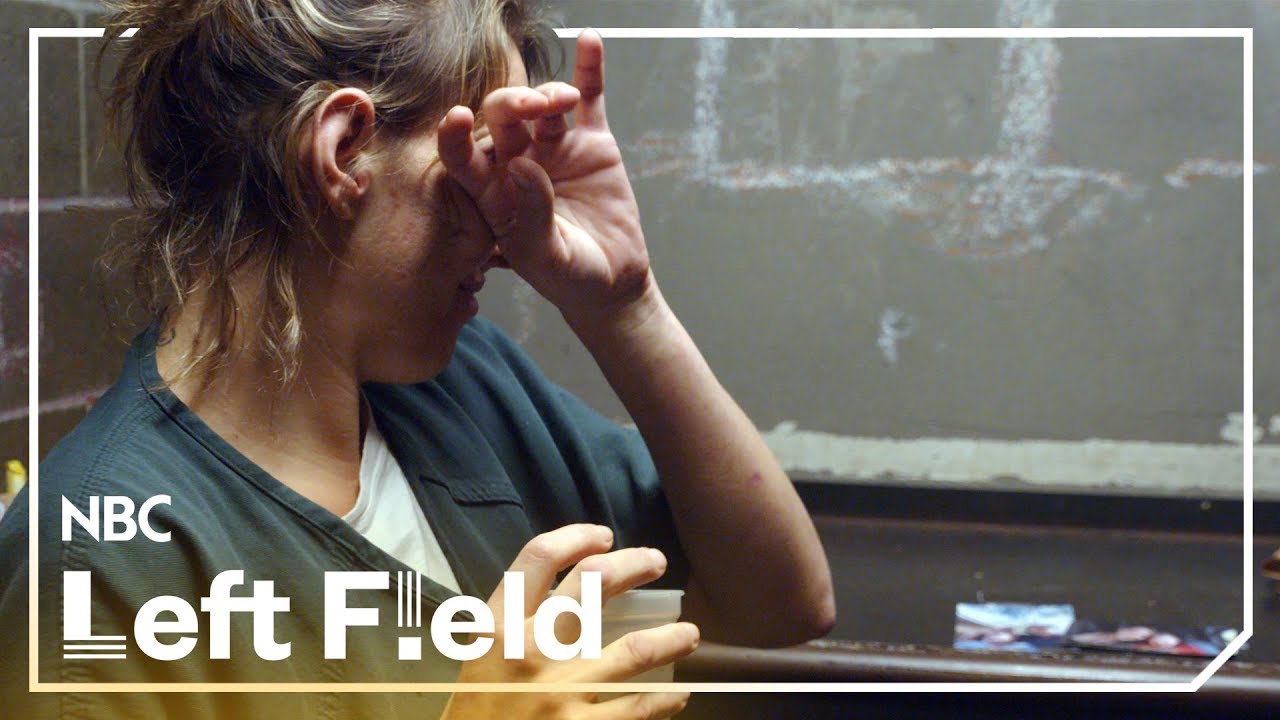
Insights from Aware Recovery Care: Home-Based Observations
The home setting often provides a clearer lens into a patient’s world, offering valuable insights into their Suboxone dosing needs:
The Mental Health Factor: Depression After Drinking and its Relation to Suboxone Dosage
A riddle within a conundrum, the intertwining of mental health issues with addiction can complicate Suboxone dosing:
Can You Get Addicted to Ibuprofen? Misconceptions and Real Issues in Medication Management
Enlightened Solutions confronts head-on the haze of myths that cloud recovery pathways – like the unlikely concern, “Can you get addicted to Ibuprofen?”
Farnum Center: Preventing Precipitated Withdrawal Through Adequate Dosing
Understanding precipitated withdrawal is vital, and that’s where Farnum Center’s expertise shines. They adeptly navigate the dosing spectrum to avert such a frightful cascade.
Suboxone and Alcohol: A Dangerous Combination
Suboxone and alcohol – when mixed, they dance a perilous tango, especially on the cusp of underdosing.
Changing Lives with the Right Dose: Real Stories from Enlightened Solutions
Enlightened Solutions holds a trove of stories – testimonials of lives remade with attention to proper dosing.
From Controlled Substance to Controlled Recovery: Is Suboxone a Controlled Substance?
Indeed, Suboxone is a controlled substance, a fact that underscores the gravity of precise dosing.
Handling an Inadequate Dose: Strategies from Top Recovery Centers
The leading lights in recovery, such as Aurora Charter Oak and John Brooks Recovery Center, elucidate the best practices in dose management.
Conclusion: The Right Dose for a Brighter Future
The tapestry of recovery is woven with many threads – one of the most crucial being the correct Suboxone dose. This is not a detail to be overlooked but rather a fundamental aspect of a successful journey.
For those holding on to the hope of recovery for a loved one, remember that the right dose of compassion, paired with precise medical treatment, can indeed rewrite futures and mend the fabric of lives torn by addiction.
Understanding When Your Suboxone Dose Might Be Falling Short
When it comes to opioid addiction treatment, knowing the signs suboxone dose is too low can be as complicated as understanding the baltimore catechism, but hang tight—we’ll simplify it. If someone’s experiencing a resurgence of withdrawal symptoms, it’s a neon sign that their Suboxone dose may need a tweak. Symptoms like sweating, jitteriness, or insatiable cravings for opioids are clues. While Suboxone is not your run-of-the-mill opioid and doesn’t typically get You high, it’s a fine line to walk—too little and you’re in withdrawal city, too much and you’re sidestepping into a slippery slope.
Spotting the Telltale Clues
Now, imagine you’re playing a round of trivia and the question pops up: “How can you tell if someone’s Suboxone dose may as well belong in a Pickleball set, effectively useless? Your winning answer? Check if they’re experiencing pain or if the patient’s behavior is as erratic as a jack Reynor film plot. Plus, if that person’s mood swings are stealing the show more than a toddler’s rendition of “Let It Go, then it’s time to call the doc. And let’s bust a myth while we’re at it—just because Suboxone has buprenorphine doesn’t mean it’ll show up on a Bup drug test the same way other opioids would. It’s specific, much like checking for a win home inspection sticker before you buy a house.
When Knowledge Is Your Best Medicine
Alright, are you ready for some fast facts that are as surprising as finding out someone thinks girl poop smells like roses? For starters, if someone’s asking,Can you snort xanax, they’re probably not aware that sniffing substances is a one-way ticket to trouble town, just like taking too low a dose of Suboxone can land you back in withdrawal central. And if you’re wondering just How long Does Suboxone stay in Your system, think of it like the length of time it takes to master a complicated TikTok dance—up to several days. Knowledge is power, and knowing the subtleties between Buprenorphine Vs Suboxone is crucial, because understanding your meds is as important as knowing the moves to keep you TikToking along in recovery.


